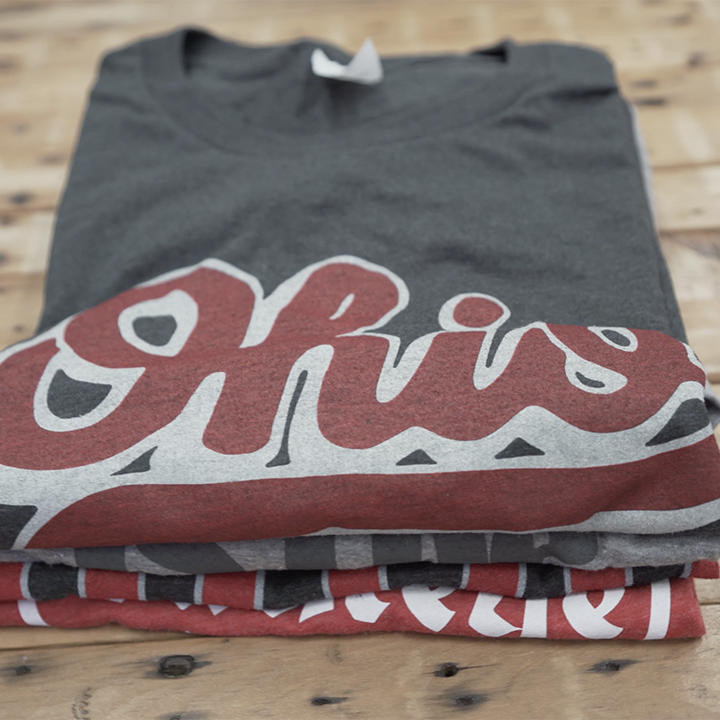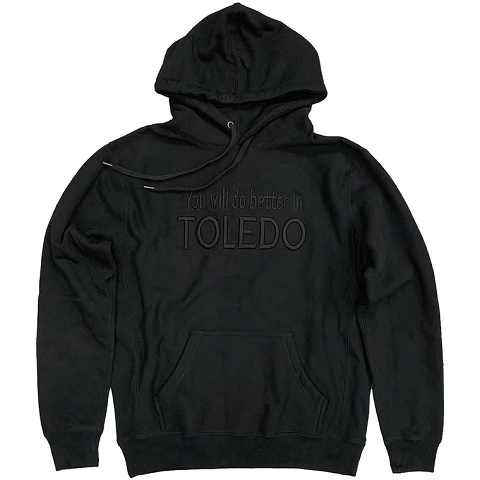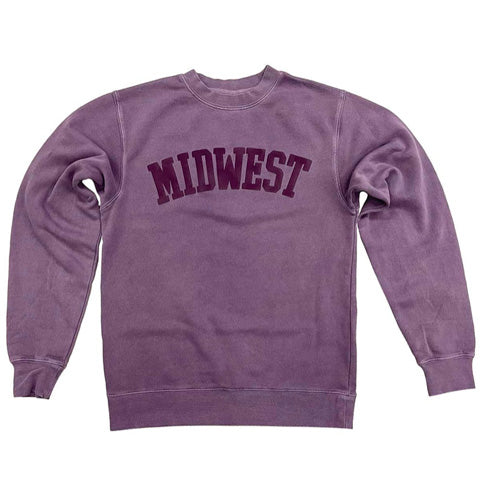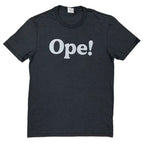High-visibility apparel is required in any job site to promote workplace safety.
As the team leader or employer, you need to ensure that your workers' hi-vis shirts comply with the ANSI guidelines.
The ANSI guidelines are the American national standard for high-visibility garments and headwear.
They specify the requirements for color, design, and fit within specific guidelines to promote the visibility of workers on the job site.
Even if your industry does not require ANSI compliance, it’s essential to take note of these guidelines to help maintain your team's safety and visibility in the workplace.
Following the standards when sourcing your team’s hi-vis shirts will help avoid work-related injuries and save you from any trouble that could stem from giving out noncompliant shirts.
In this guide, we look at the compliance guidelines and what you should look out for when buying new hi-vis shirts for your workforce.
We’ll also help you identify a compliant source for all your hi-vis apparel.
1 - Visible Color From All Directions
The main aim of wearing high-visibility apparel in the workplace is so that the worker is easily discernible to others in the work environment.
This is especially critical in environments with moving vehicles, heavy machinery, or low light.
For the workers to be visible, the color of the hi-vis shirt should be bright and highly reflective, no matter the background.
For example, if you’re working at night on a construction site, you can reduce the risk of injury by wearing highly reflective PPEs.
The high contrast between the hi-vis apparel and the background enhances your visibility. This is because our eyes respond best to large contrasting objects.
According to ANSI-ISEA 107-2015, hi-vis apparel must also be made of a reflective and fluorescent-colored fabric.
The most commonly used fabrics are orange or neon, with reflective strips shaped in an “H” both at the front and back.
Fluorescent fabrics do not blend in with their surroundings, which enables visibility—even in a low light environment.
The colors that comply with the guidelines are:
- Fluorescent yellow-green
- Fluorescent orange-red
- Fluorescent red
- Bright yellow-green
- Bright orange-red
Your hi-vis shirts are also required to have stripes of reflective tape visible in all directions, especially if your workforce plans to wear them at night.

2 - Logo and Name Tag Placement

Logos and name tags are important in the workplace for:
- Easy identification
- Brand recognition
- Giving a professional look to the team
According to the ANSI-ISEA 107 guidelines, any logo, lettering, or identification panels should not create gaps of more than 50 mm in the retro-reflective material.
This means that you should place the logo strategically to ensure that safety isn’t compromised.
We always advise our clients on the best way to brand their safety wear. For instance:
- The logo in the front should be small to avoid obstructing the fluorescent background of the hi-vis shirt.
- The logo can’t be placed on the retro-reflective strips.
- Multi-colored logos interfere with the fluorescent color and must be avoided.
The logo should be big enough to be readable, but not too big that it interferes with visibility.
Make sure you discuss with your supplier about the logo placement to ensure that you give your workers compliant hi-vis apparel.
3 - Flame Resistant Material
All materials used in the manufacture of hi-vis apparel must be clearly marked as flame resistant or not flame resistant.
If the material used in the apparel is flame resistant, then it must be tested according to the following guidelines:
- ASTM F1506-10a, Standard Performance Specification for Flame Resistant and Arc Rated Textile Materials for Wearing Apparel for Use by Electrical Workers Exposed to Momentary Electric Arc and Related Thermal Hazards
- ASTM F1891-12, Standard Specification for Arcand Flame Resistant Rainwear
- ASTM F2302-08, Standard Performance Specification for Labeling Protective Clothing as Heat and Flame Resistant
- ASTM F 2733-09, Standard Specification for Flame Resistant Rainwear for Protection Against Flame Hazards
- NFPA 1977, Standard on Protective Clothing and Equipment for Wildland Firefighting, 2011
- NFPA 2112, Standard on Flame Resistant Garments for Protection of Industrial Personnel Against Flash Fire, 2012
When placing an order for hi-vis shirts, always ensure that all the relevant guidelines are followed.
We’re familiar with safety guidelines for the compliance of hi-vis apparel, so if you’re unsure, we’ll make sure that all guidelines on compliance are adhered to for you.
Expert Tip: When placing an order for hi-vis shirts, always indicate whether you need flame resistant fabric. This should be guided by the conditions of your work environment.
4 - Maintenance and Replacement

Workers are often exposed to dirt, smoke, and even paint. This could all interfere with the visibility of the safety apparel.
OSHA guidelines indicate that once worn out or discolored, the hi-vis shirts must be replaced.
To comply with safety guidelines, safety apparel must also be cleaned to maintain their original color and visibility.
If you’re not handwashing safety apparel, use the “delicates” cycle of your washer and only wash them with a mild detergent. Do not use any bleach or fabric softeners. However, if you need to, use mild stain removers.
When drying hi-vis apparel, use the “no heat” setting or line-dry them.
Providing quality workwear for your team can make a huge difference in saving you money, especially with frequent replacements.
Make sure to choose quality hi-vis shirts that will still look bright even after washing.
At Jupmode, we use a durable blend of cotton and polyester in the production of hi-vis apparel to ensure that the apparel can withstand several washes and remain in perfect working condition.
We also fit all safety apparel with a label showing the cleaning instructions as stipulated by the OSHA guidelines.
“I'm very grateful for the help our non-profit received from Jupmode. Always professional, friendly, with great quality and service.”
- Deborah M.
Types and Performance Classes of Hi-vis Apparel
There are three garment types and classes for hi-vis garments. They’re classified according to the protection they offer and the environment they’re best suited for.
The table below shows the different types and classes.
| Type | Class | Environment |
| O (off-road) | 1 | Off-road use for workers in a controlled work environment |
| R (roadway) | 2 and 3 | Best for areas with high vehicle movement |
| P (public safety) | 2 and 3 | Used by police, emergency services, and firefighters |
The primary goal of all hi-vis apparel is to make your workers visible. Even volunteers and vendors who are around an active work environment should be provided with hi-vis apparel.
Take the Extra Steps to Keep Your Workers Safe
Hi-vis shirts help reduce the risk of accidents and help promote workplace safety. In low light and dark working environments, they help alert vehicle drivers and machinery operators of the presence of other workers.
When branded with a logo, hi-vis shirts also promote brand awareness and show the professionalism of a team.
At Jupmode, we understand the importance of safety and we’re familiar with the regulations that must be followed in the production of hi-vis shirts.
We’re also involved in the production and printing of other safety hi-vis apparel such as:
- Jackets
- Hoodies
- Contractor shirts
- Overalls
If you’d like to take an extra step in promoting the safety of your team, check out our website for your custom hi-vis apparel.
Share on Facebook:













Comments
Write a comment